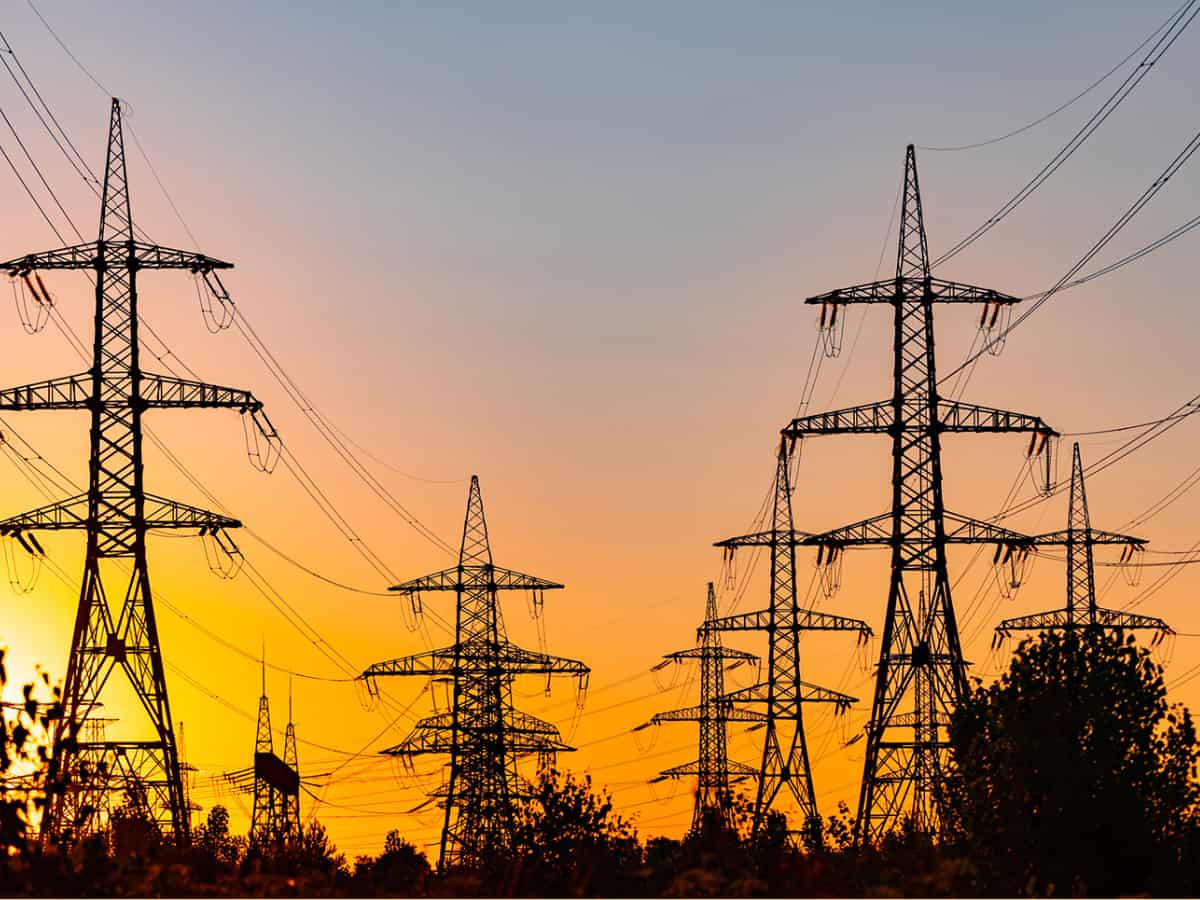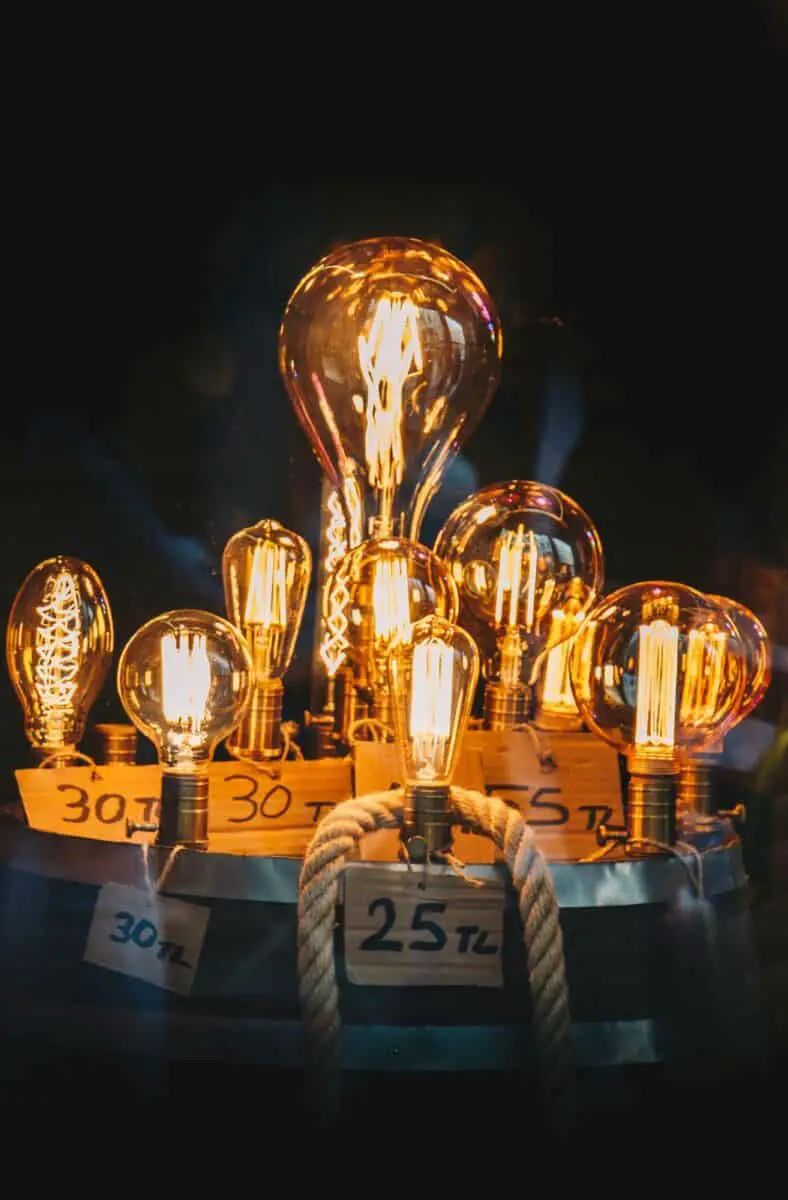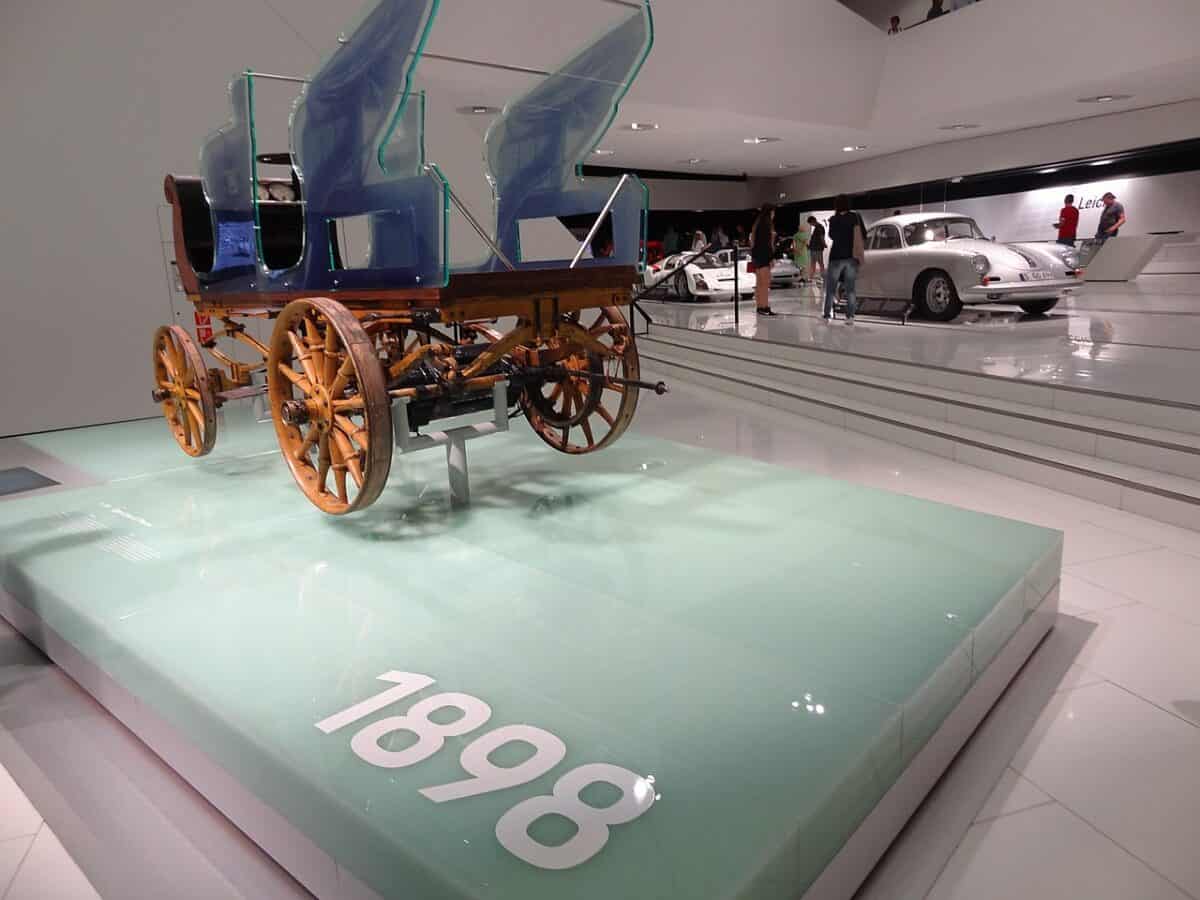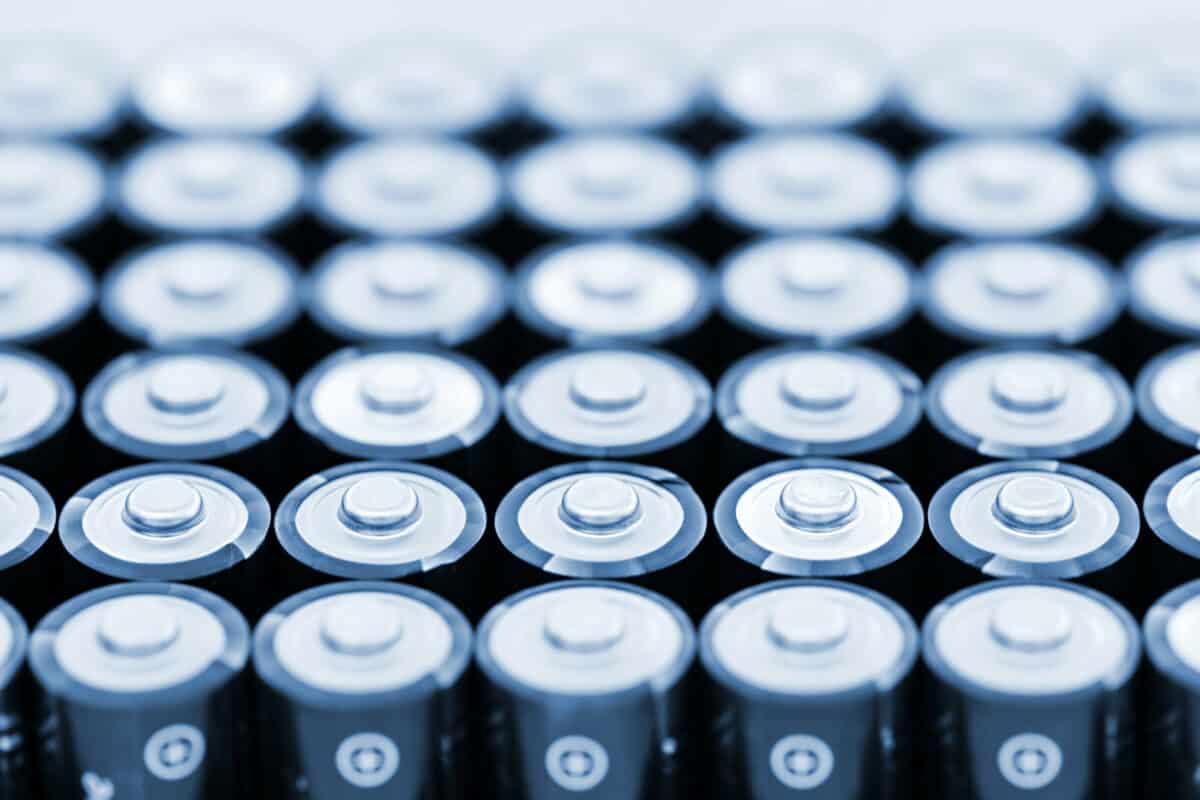Electricity is crucial for everyday life. If the power is cut off for even a couple of hours, our lives will completely halt. Dealing with electricity can also be scary, especially since you risk electrocution.
That said, understanding electricity can be incredibly fun. This article gathered plenty of interesting facts about electricity that you might not have known before. These facts range from the development of electricity to electric appliances to even the electricity within you! So, let’s dive in.

16 Cool Facts About Electricity
It can be daunting to learn about electricity. However, once you understand the importance of electricity and how it’s truly all around us, you might change your mind. Here are some cool facts about electricity:
1. Generating Electricity
Electricity can be generated in various ways. Usually, though, most power plants produce electricity by transforming mechanical energy into electric energy.
However, other than friction, you can also generate electricity through chemical reactions, heat, magnets, and pressure. All these different energies can be converted to electricity.
This production of electricity can depend on many sources, renewable or nonrenewable. These sources include:
- Coal
- Natural gas
- Nuclear fission reactions
- Sunlight
- Wind
- Hydropower

2. Ancient Civilizations Discovered Electricity Before Us
Most historians often give credit to Benjamin Franklin for his discovery of electricity. His work and findings helped us understand electricity and develop it.
However, since electricity is a natural occurrence, someone else had given it thought before Benjamin Franklin did.
Much evidence suggests electricity use in Ancient Egypt, Ancient Rome, and Ancient Greece.
Though they didn’t have wires and huge electricity plants, these ancient civilizations used chemicals and reactions to generate electricity.
Many scientists theorize that the Lighthouse of Alexandria had an electric supply. That’s the only way to explain how it was lit 24 hours a day and how no soot was ever found there.

3. Tesla vs. Edison
When thinking of electricity, many people confuse whether Nikola Tesla or Thomas Edison invented electricity as we now know it.
Yet, the invention of electricity was more complicated. It sparked a sort of war between the two inventors.
That’s because each scientist had his methods and styles. Tesla’s technology involved alternating current, while Edison was mainly interested in direct current.
To explain, Edison’s direct current involved a substantial energy loss, yet it was a more straightforward method. On the other hand, Tesla’s alternating current was complex yet hardly had any energy loss.

4. The First Electric Car Was Built in 1832
Electric cars are becoming more and more popular. Everybody wants to get their hands on a Tesla. However, the seemingly modern technology dates back to 1832!
Yet, this first electric car wasn’t for transportation; it was merely for entertainment. It only moved a couple of yards because it didn’t have a chargeable battery.
It wasn’t until 1859 that rechargeable batteries became available. So, the idea of an electric car was more feasible.
Afterward, electric cars continued to evolve until they reached the remarkable success of today’s Tesla.

5. France Generates Electricity From Cheese
The French are one of the best cheesemongers out there. They also found another way to utilize their delicious cheese. Albertville, in particular, uses cheese as a power source. There lies a power plant that produces electricity from Beauford cheese.
The power plant uses skimmed whey leftover from the cheese and converts it into methane and carbon dioxide. Then, another reaction takes place, which converts these gases into steam.
Lastly, the steam can generate electricity by transforming heat into electric current. The electricity can then power any device as usual!
This power plant generates about 2.8 million kilowatts of energy per year. This electricity would be enough to power an entire neighborhood in Albertville!

6. Lightning Bolts Are Hotter Than the Sun
Though lightning technically consists of electric charges, not heat. Once lightning hits an object, the electricity turns into heat. The higher the voltage, the hotter the surface can get.
To put things into perspective, the current in an average household is about 120 volts. Lightning bolts are a staggering 300 million volts.
Lightning bolts can heat the air surrounding it to around 50,000 °F, which is ten times as hot as the sun. The sun’s surface is 9,941 °F, a small figure in comparison!
This much heat can instantly fry a person. So, your fear of lightning storms is wholly justified.

7. Electricity Is Incredibly Fast
When people think of electricity, they often think of light. Though, many people share the misconception that electricity is as fast as light.
This can’t be further from the truth. While electricity is incredibly fast, light is 100 times faster!
To be exact, electricity travels at a speed of 670,000,000 miles per hour. The reason it’s so much slower than light is simply that electricity has mass.
Though this mass is negligible, light only consists of massless photons. Additionally, light can travel through space; alternatively, electric current faces resistance when traveling through wires.

8. Water Doesn’t Conduct Electricity
Everybody knows that water and electricity are a horrible combination. However, pure water doesn’t conduct electricity.
Simply put, electric current flows through water due to the presence of dissolved salts, or ions, in the water.
These ions are either negatively or positively charged. Each charged ion is attracted to the electric pole’s opposite charge, creating a closed circuit where electricity can flow.
Pure water, though, can’t conduct electricity. Without any added salts or impurities, pure water is a perfect insulator.

9. Your Body Functions on Electricity
Without electricity, we wouldn’t be able to think, feel, or even function properly. The reason is that electric reactions are constantly occurring within our body, and these are crucial for our body’s normal function.
To understand, you first need to know that our body contains multiple elements, such as sodium, potassium, and calcium, in the form of ions. Each one of these ions is either positively or negatively charged.
For the ions to exert their function, they need to enter your body’s cells. However, the cellular environment is in equilibrium because the inside of the cell is always negative, while the outside is positive.
So, when the charge changes on either side, an electric current forms. This electric current can turn into electric impulses leading to different movements and reactions inside the body.
Physicians can record the electric signals that make your heart beat; thus, they can diagnose any heart disease or abnormality. This is called an Electrocardiograph or an ECG. The electric signals within your body can also help diagnose brain injury.

10. It Would Take 650 AA Batteries to Power the Human Body
Now that you know about the electric reactions constantly taking place within your body. If you want to rely completely on electricity, your body would need about 650 AA batteries!
It takes some calculating, but all you have to do is convert the electricity voltage into calories. An average adult needs about 2,000 calories per day to survive.
Since a single battery can supply about 12,960 joules or 3 calories, 650 batteries would be sufficient to provide about 2,000 calories.

11. Your Pet Can Give You an Electric Shock
Everything is made up of molecules and atoms, including your body. So naturally, electric charges can build up on any molecular surface.
Your pets have a lot of fur, which makes them more susceptible to these electric charges. You can even notice their fur standing at times.
Moreover, if the air is dry, or during the cold weather in winter, a lot of static electricity will build up.
So, if you also have static electricity, you might get a shocking surprise the next time you touch your pet.
One way to reduce this would be to brush your pet’s fur regularly. You can also moisturize them often during dry months to avoid unwanted static electricity.

12. Electric Eels Can Paralyze Humans
Electric eels can produce powerful electric currents. This electric current can measure up to 500 volts. This is enough to cause respiratory failure and paralysis in humans.
There are various organs in the electric eel that can discharge electricity. Each organ generates electricity with a different voltage. These organs are:
- Sach’s Organ
- Hunter’s Organ
- Main Organ
So, if the eel simply wants only to stun its prey, the Sach’s organ comes into play producing a weak electric charge of about 10 volts. This weak charge is also a method of communication and electrolocation!
On the other hand, if the eel needs to kill the prey completely, it can produce hundreds of successive electric pulses from the Hunter’s and Main organs.

13. Geckos Use Electricity to Climb
It’s baffling how geckos can climb smooth surfaces with ease. After all, geckos don’t use anything to stick to the surface and don’t have nails for traction.
Recent research suggests that geckos can electrically charge the vertical surface. This means the surface becomes negatively charged while the gecko’s legs are positively charged.
Since opposites attract, the gecko can easily adhere to any smooth surface due to the electricity.
Still, many scientists disagree with the new evidence. Instead, they attribute the gecko’s defiance of gravity to intermolecular forces instead of electricity.

14. Appliances Don’t Consume Electricity When They’re Off
Have you ever wondered how birds can relax on electric wires without ever getting electrocuted? Well, the answer is simple, it’s because electricity needs a closed circuit.
This means that electricity will never flow through as long as an electric wire isn’t connected at both ends.
It’s a common misconception that you must unplug your appliances to conserve electricity. However, you’re opening the electric circuit by turning off any electric appliance. Naturally, the electric current won’t flow once the circuit is open.
However, if that appliance requires charging, such as laptops or phones, you can never really turn them off. That’s because the battery can run out even when idle, so it’ll need electricity to charge.

15. Microwaves Use Less Electricity When Heating
Your microwave doesn’t consume a lot of electricity while heating food. Most of its electricity consumption is due to powering the microwave’s clock!
Typically, the microwave uses electricity while on standby to power its LED clock. This clock works 24 hours a day, all year long.
Naturally, your microwave uses more electricity on the clock than it does heating food. Still, this might not be the case if you use your microwave rigorously. It all depends on your usage.

16. LED Light Bulbs Can Save Up to 569 Trillion Watts
Not only are LED lights incredibly energy-efficient, but they also last 25 times longer than regular light bulbs. This means they can potentially save our environment.
Most electricity comes from nonrenewable sources such as gas and coal. By using lightbulbs, we’re saving on electricity, thus helping preserve the limited resources.
It’s estimated that if LED becomes the predominant lighting in most homes, it could save up to 569 trillion watts by 2035.
You don’t need to downgrade your lighting systems to use LED lights. That’s because LED lights come in many different styles.
You can substitute your home lights, downlights, and holiday lights with energy-saving LED bulbs.

References
- Water doesn’t conduct electricity: https://www.usgs.gov/special-topics/water-science-school/science/conductivity-electrical-conductance-and-water
- History of electricity: https://www.youtube.com/watch?v=JoscDcbAjbY
- Geckos climb walls using electricity: https://royalsocietypublishing.org/doi/10.1098/rsif.2014.0371
- Lightning bolts are hotter than the sun: https://www.weather.gov/safety/lightning-temperature
- France generated electricity from cheese: https://www.smithsonianmag.com/smart-news/france-has-power-plant-fueled-cheese-180957642/
- LED light bulbs can save 569 Trillion watts: https://www.energy.gov/energysaver/led-lighting



